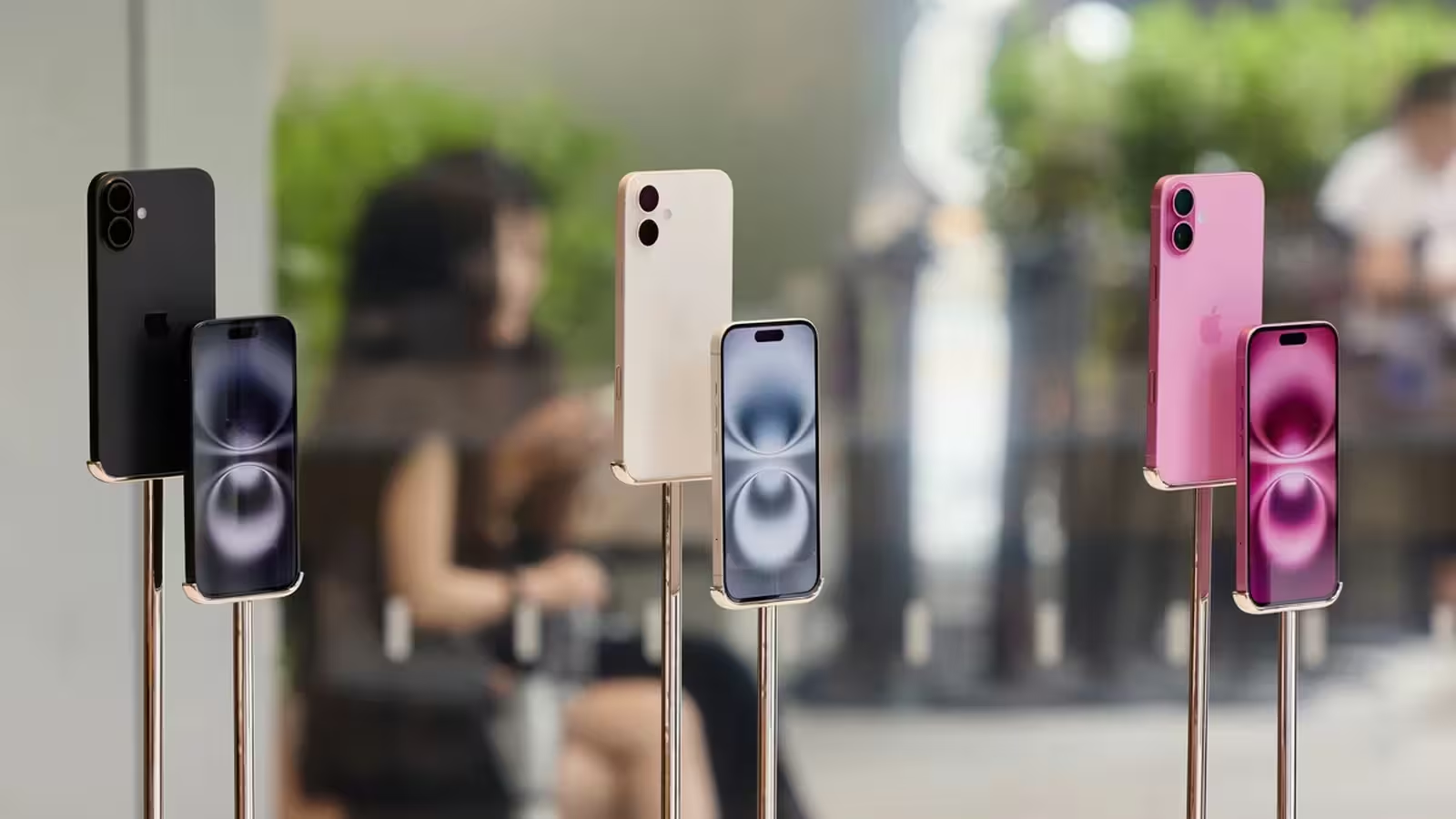3 Minutes
Apple Turns Up the Pressure on Display Suppliers
Facing imminent U.S. tariffs that could significantly impact production costs, Apple is ramping up pressure on its key display suppliers, Samsung Display and LG Display, to accept lower prices for their panels. This strategic move is aimed at limiting the expected price hike for the upcoming iPhone 17 series, helping Apple soften the financial blow for consumers amidst evolving trade policies.
Negotiations and Supplier Dynamics
Samsung vs. LG: Different Responses
According to industry reports, Samsung Display is currently engaged in tough negotiations with Apple, seeking to find middle ground on the revised pricing demands. In contrast, LG Display has reportedly acquiesced to Apple's terms, primarily because its financial outlook is heavily dependent on securing iPhone 17 orders this year.
Excluding BOE from the Supply Chain
Adding complexity to the situation, Apple has decided to exclude Chinese panel producer BOE from this year’s supplier roster, citing the company's inability to meet stringent quality standards for the highly anticipated iPhone 17 series. However, BOE has managed to secure some smaller orders for the Chinese domestic market.
Feature Boost: What’s New in the iPhone 17 Series?
Apple is equipping the standard iPhone 17 model with a long-awaited 120 Hz LTPO "ProMotion" display, a feature previously reserved for premium versions. Coupled with an increase to 12 GB of RAM to power advanced "Apple Intelligence" features, the new lineup promises a substantial leap in both performance and user experience. Looking ahead, Apple also plans a shift to cutting-edge 2 nm A20 processors next year, which could further drive up production costs—and retail prices.
Tariff Challenges and Apple’s Global Strategy
The tariff threat stems from policies championed by former President Donald Trump, who singled out the iPhone as a target for higher duties unless Apple moves more of its manufacturing stateside. For CEO Tim Cook and the leadership team, shifting production to the U.S. remains a less attractive option than absorbing the tariffs and exploring every avenue to trim costs across the supply chain.
Market Landscape: Apple vs. Samsung
While Samsung remains Apple’s primary competitor in the U.S. smartphone market, it has so far avoided similar scrutiny regarding American manufacturing mandates. This provides Samsung with a relative advantage, although the brand is not immune to broader trade tensions.
Market Impact and Consumer Outlook
With the iPhone 17 expected to introduce cutting-edge technology and elevated specifications, a bump in retail pricing seems unavoidable. Still, Apple's aggressive cost-containment measures—including pressuring suppliers for better deals—could help keep prices in check, blunting tariff-related increases at the cash register. Consumers and industry analysts alike will be watching closely to see how these supplier negotiations ultimately affect the iPhone 17’s pricing and Apple’s competitive edge.
Source: phonearena



Comments